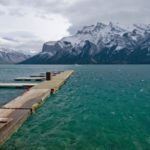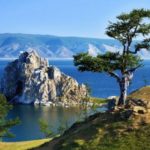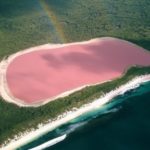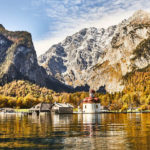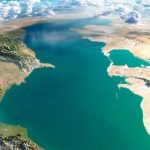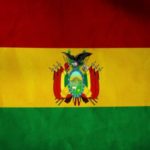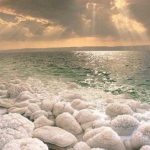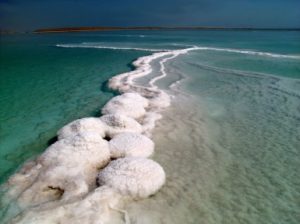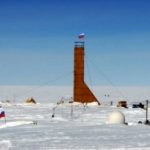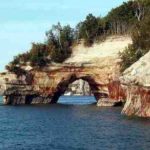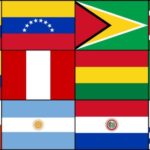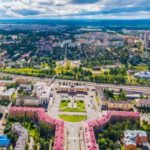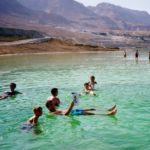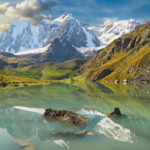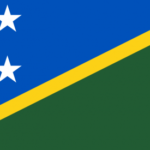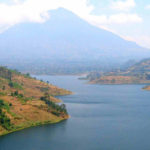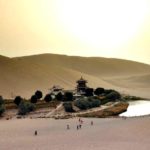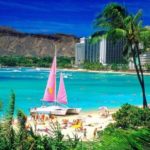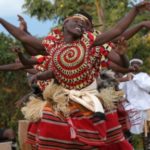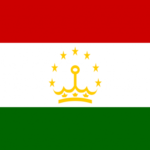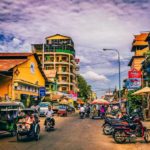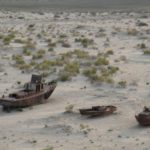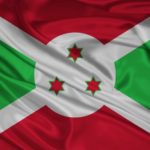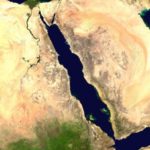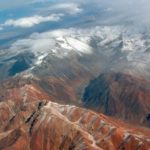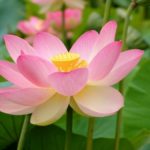Lake Titicaca
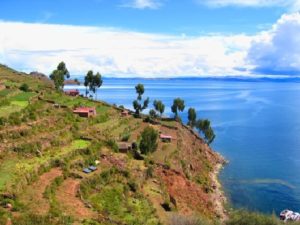 What surprises are not presented by nature. If you travel around South America, then you will find a fascinating journey and many legends associated with Lake Titicaca, its islands, hidden golden treasures and a lost city. The lake is unusual in that it used to lie 3,750 meters below the current location. The former Gulf was rising along with new mountains for a hundred million years. This was proven by studies on the topography, chemical composition of the lake, animal and plant world, which still live in the lake.
What surprises are not presented by nature. If you travel around South America, then you will find a fascinating journey and many legends associated with Lake Titicaca, its islands, hidden golden treasures and a lost city. The lake is unusual in that it used to lie 3,750 meters below the current location. The former Gulf was rising along with new mountains for a hundred million years. This was proven by studies on the topography, chemical composition of the lake, animal and plant world, which still live in the lake.
Sea fish, crustaceans, sea surf and marine vegetation, salt water surprise at an altitude of 3812 meters above sea level. The area of the lake now is 8300 km. The depth ranges from 281 meters to 100. The large and small lakes are connected by the Tikuin Strait. They melt water, precipitation and 27 mountain rivers. Therefore, the water in the lake is always cold. And around on guard the snow-capped peaks of the Andes.
Titicaca is considered the first in terms of water volume in South America. Along the borders of the lake is the border of Peru and Bolivia. Going on the road you need to remember that in the afternoon it is very hot here and sunscreen will be useful to you. But at night you will have to wear warm clothes, as the temperature can drop below zero degrees. Locals dress warm enough even in summer.
It is still not clear what the name Titicaca means. There is a version that is translated as Stone Puma. After all, the lake from a bird’s eye view is a puma form. The area around the lake is considered a reserve. And local residents say that the pond is holy. Since ancient times, the tribes of the Incas, Quechua, Teotihuacan, Aymara lived there. Long before the arrival of the Europeans, this place was visited by pilgrims. It is believed that the Sun and the Moon first appeared on Isla del Sol and Isla de la Luna. As they say in the legend, at first people lived happily. Then the world realized cold and darkness. The tribes were supposed to disappear during the flood. The god of Viracocha emerged from the lake and ordered the sun and moon to rise. Then he again created a man and a woman, so that they would populate the whole Earth again. And after death, the spirits of the Incas were to return again to the waters of the lake. Traces of the Inca civilization can still be seen on the shores of the lake.
Interesting facts: archaeologists have found ancient sanctuaries, whose age is determined by 500 BC. The rise of the Inca civilization comes in 600 BC. And she disappeared in 1200 AD. But the tribes of the Incas lived in the territory where another civilization lived before them.
Titicaca has about 40 islands with residents that hunt birds and fish. Indeed, over 10 species of fish, 7 amphibians swim in the water, large frogs live, mammals, and various birds fly. Rugs with national patterns are embroidered for tourists, small souvenir boats are crafted. In general, these places are of great interest to tourists.
When you reach Puno, Peru, you will immediately see Lake Titicaca. After all, he stands right on the lake. The city is considered the cradle of the Inca civilization. There are preserved religious buildings, architectural and historical monuments, the national ancient folklore. And from this place you can further explore the famous islands of this lake.
Tours of tourists are conducted on several islands. On the island of Taquile, the Indians live life according to the rules “do not steal, do not lie, do not be lazy.” The city stands on a hill and down is best to go down the steep stairs, and not along the paths that also lead to the city. If you go up to the very top, you will see ruins that have been preserved since before the Inca time. At night you can stay in the dwellings that are built on the island. To the island you need to sail for three hours by boat from the city of Puno.
Island Amantani has a round shape. Residents still speak Quechua. Two sacred mountain peaks with ancient ruins are called the Father of the Earth and the Mother of the Earth. During the day you will visit ruins and souvenir shops with ceramics and textiles. In the evening, watch a dance program and even you can, by changing into local clothes, become a participant in the dance. Night on the island can be spent in the house on a bed of long thick reeds.
Suasi Island is a private ecological reserve. It is better to get there by boat. The island has the only hotel where you can go canoeing around the island, watch the stars and birds, relax in a hammock or go trekking. She organized the reserve Martha Giraldo, who now also lives on her island.
Of great interest are floating islands, another attraction of Lake Titicaca.
The Aymara Indians will tell you the legend of the underwater city of Wanaka. There the Spanish conquistadors hid the Inca gold. For a long time, modern scientists were looking for a place where this city sank. Only in 2000 was found the place where they found the ruins of ancient temples. The area of the ruins is 50 to 200 meters.
